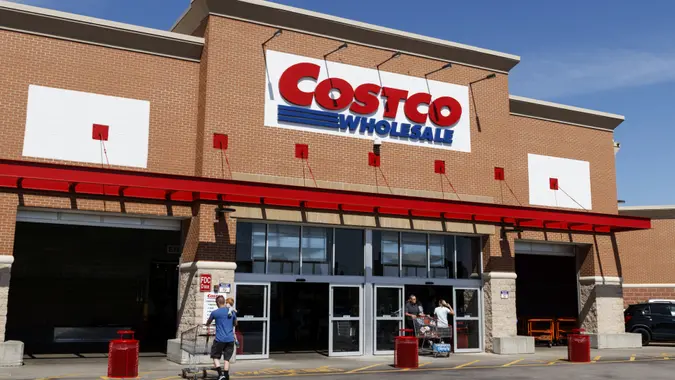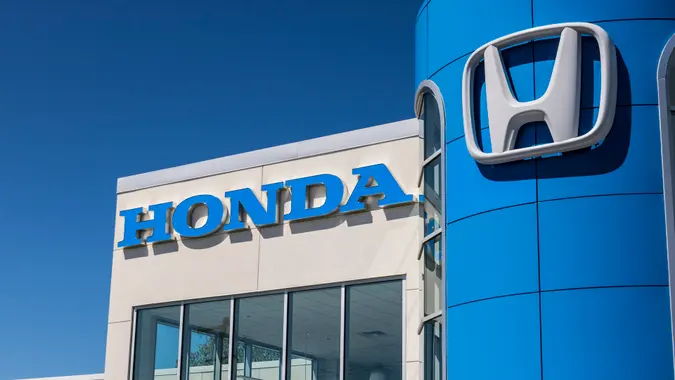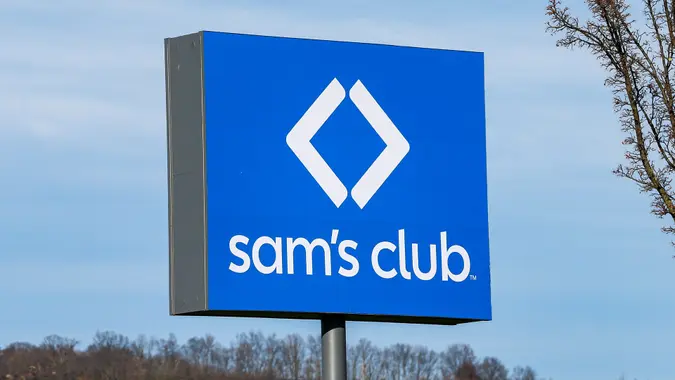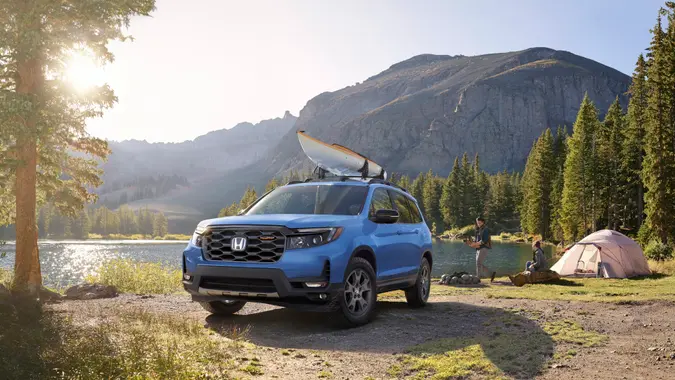Leasing a Car? Here’s What Dealers Don’t Want You To Know

Commitment to Our Readers
GOBankingRates' editorial team is committed to bringing you unbiased reviews and information. We use data-driven methodologies to evaluate financial products and services - our reviews and ratings are not influenced by advertisers. You can read more about our editorial guidelines and our products and services review methodology.

20 Years
Helping You Live Richer

Reviewed
by Experts

Trusted by
Millions of Readers
Leasing a car can be tempting. Dealers are offering low monthly payments on new, sexy models. But in many cases, there’s a catch. Dealers can make leasing sound attractive, but in the end, it can actually end up costing you thousands more than you expected. From hidden fees to confusing lease terms, it’s important to read and understand the fine print to make sure you don’t get burned.
If you’re thinking about leasing a new car before the end of the year, keep reading as GOBankingRates looks into some of the things dealers hope you don’t know.
Leasing Isn’t Always Cheaper Than Buying
Have you ever seen a commercial for a luxury car that promotes monthly leases for less than $300? It probably sounded very appealing, knowing that you couldn’t afford to buy the vehicle with such a low monthly payment.
The issue is that the price you see is rarely the one you’ll end up paying. If you drive more miles than allowed in your lease, you’ll be charged a fee. If the car ends up with additional “wear and tear” at the end of the lease, you’ll be charged a fee. So, while the price might seem attractive, it’s important to understand how different factors can impact the total cost.
The Money Factor = Hidden Interest Rate
When you use an auto loan to buy a car, you pay close attention to the annual percentage rate (APR). This is the cost of borrowing money for the vehicle. However, when you lease, dealerships use something called the “Money Factor.” This is essentially the interest rate you’ll pay to lease a car. The problem is that most people don’t understand Money Factor like they do APR, and dealerships usually won’t walk you through it.
Dealers determine the Money Factor based on several factors:
- Lease term: The number of months you will lease the vehicle.
- Residual value: The vehicle’s estimated value at the end of the lease.
- Lease charge: The total amount of all the fees the dealer will charge during the lease term.
- Capitalized cost: The negotiated price of the vehicle when you lease the car. This includes any trade-ins, down payment, rebates and any other administration fees the dealer might charge.
When reviewing the lease agreement, the Money Factor is typically expressed as a decimal, like 0.0019 or 0.0029. To convert this to something you can better understand, multiply the number by 2,400. For example, 0.0019 multiplied by 2,400 would give you an APR of 4.56%.
Just like when you’re purchasing a car, most things during the lease process are negotiable, including the Money Factor. If you have a high credit score, you’ll be seen as a good borrower, which will make it easy to negotiate a lower Money Factor.
“To save money it’s important to understand that negotiation is not off the table just because they are leasing and not buying the car,” said Ruth Calkins, general manager and auto expert at Findbyplate. “You can still negotiate the terms of the lease, the capitalized cost, mileage limit and lease duration. Negotiating these terms, makes securing a better and more favorable deal all the more likely.”
Residual Value Determines Your Real Cost
When working with a dealer to lease a car, there are going to be a lot of numbers thrown around. However, the two that you should pay the closest attention to are the monthly payment and residual value. The residual value is going to have the biggest impact on the real cost of leasing a car.
The goal is to make sure you have the highest residual value. This means there is a lower amount of depreciation and your monthly payment will likely be less. However, with a low residual value, it mans high depreciation, which you’ll be paying for.
Residual values are typically set by the leasing company, but this is something you can research before you actually make it to the dealership.
“If you have a low payment and a low residual, you’re usually going to win twice; you’ll enjoy that low monthly cost, and at the end, you’ll likely have equity if you decide to buy the car out,” said Zander Cook, co-founder and CRO of Lease End. “That’s the ideal scenario.”
Cook continued saying, “The one situation to avoid is high payment with a high residual, that’s when you’re paying more every month and not building equity. That’s the worst of both worlds. The key is, don’t get lost in all the extra details dealers throw at you. Just look at those two numbers. They tell you if you’re getting a deal that makes sense or if you’re paying more than you should.”
 Written by
Written by  Edited by
Edited by 

























